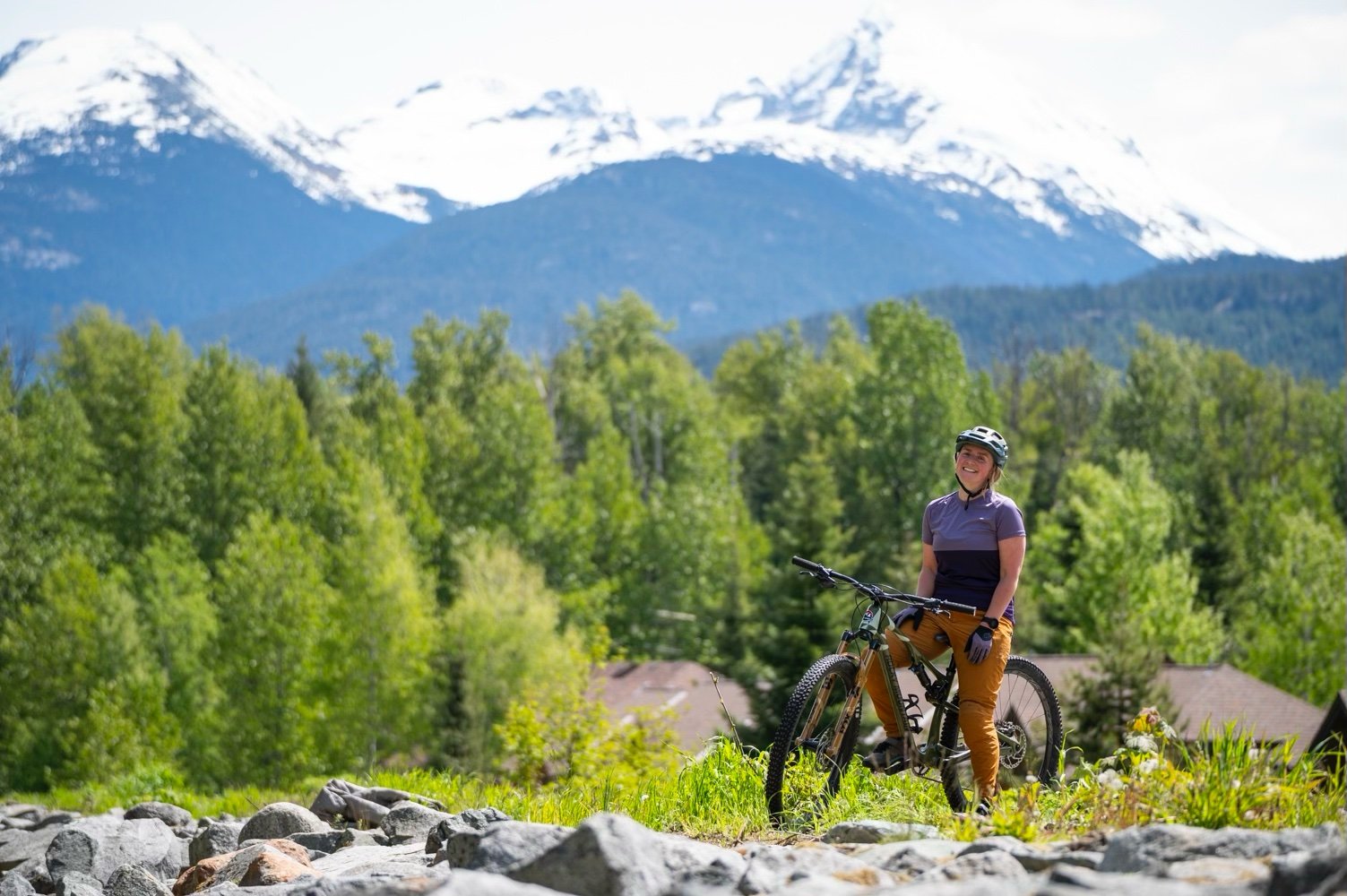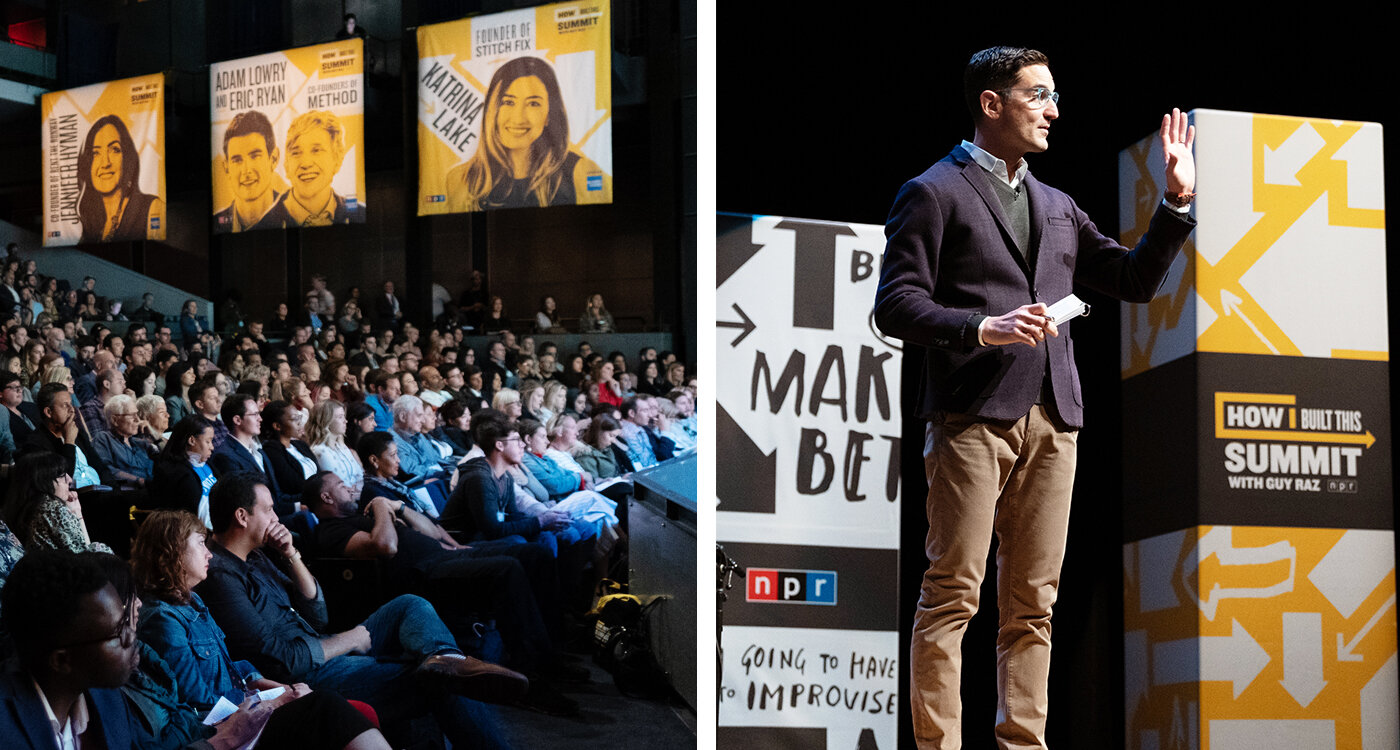Marketers: Tell Stories With Purpose
Strategic storytelling sounds like a buzz phrase. Actually, it might very well be. But in the busy world of event marketing, seemingly effortless creativity benefits from being powered by a thoughtful plan. It’s a bit of yin and yang. I like to use all available data to, in-turn drive creativity. It’s achieving that balance that elevates event marketers into the next level of omni-present marketing enlightenment. You know, that thing we’re all striving for at the end of the day?
During my time with IRONMAN I lived this approach day in and day out with my portfolio of races. Without giving away any of IRONMAN’s secret sauce, I found that developing a plan looks like this:
Map Consumer Behavior -> Review Data Points -> Set Goals -> Create Content that Sells
First, explore human psychology:
Start with understanding the cycle of your consumer’s purchase. What is the emotional and physical path to purchase? In the world of events, the path to purchase can be a long one, and the gratification of the purchase is often not realized until the athlete crosses the finish line a year after purchase. When it comes to purchasing experiences like lift tickets, hotel stays or guided tours, there might be a shorter runway to purchase or a longer period of ownership over the experience. All things to consider.
Explore your consumer’s motivations by understanding what committing to an event or experience means. There are a number of factors at play when training for an athletic event, for example work/family/training balance, ego, cost, adventure, desire to travel, how much training is required etc.. There’s big cross over here for booking a ski vacation or season pass with a bike park.
These big emotional factors weigh on people before ever clicking on the “register” button.
Map these emotional triggers out and estimate what process your consumer typically will go through to get to purchase. What would the path to purchase look like applied to an annual or quarterly calendar? There are no wrong answers. Just starting points to test campaigns against.
Next, the juicy data:
Almost in tandem with understanding the emotional drivers of your consumer is knowing how they interact with your website or other marketing channels. From a grassroots perspective, most companies in the outdoor industry should be able to dig up social media analytics and website data. Some businesses won’t have access to detailed customer data, and that’s ok. Even looking at anonymized consumer information paints a picture.
Review what you do have and attempt to pair both the quantitative and qualitative information available to understand your future consumer. Your customer’s path to purchase should be well formed, now!
Time to Set Some Goals:
Understanding who your athlete/participant/customer/adventurer is will allow you to set goals to get more to purchase your experience or register for an event. Before creating content, set goals for what this content should do. Knowing your consumer means you can ask yourself the honest question: What is keeping some people from instantly purchasing?
Finally: Let’s Make Magic:
Create content that pairs with major stages of your consumer’s path to purchase. Answer questions or solve problems that keep your consumer from saying yes. Assess what content would shape these emotional triggers into a positive buying experience:
Is it a short inspirational video edit about over coming adversity to race an IRONMAN?
Is it a Reddit AMA with an athlete about time management?
Is it a podcast interview with a product designer about changes to this year’s bike?
Remember to be thoughtful, don’t let your strategy show. Focus on hitting the broad strokes of the consumer journey. Review your goals and refine as you deepen your understanding of your consumer’s purchase path.



















Marketers often ask if magazines and endemic publications are still worth the spend in an era of Google searches and ChatGPT answers. From my first bike launch with Rocky Mountain to today’s AI-driven search landscape, I’ve seen how trusted outlets still drive visibility, credibility, and storytelling that digital ads alone can’t deliver.